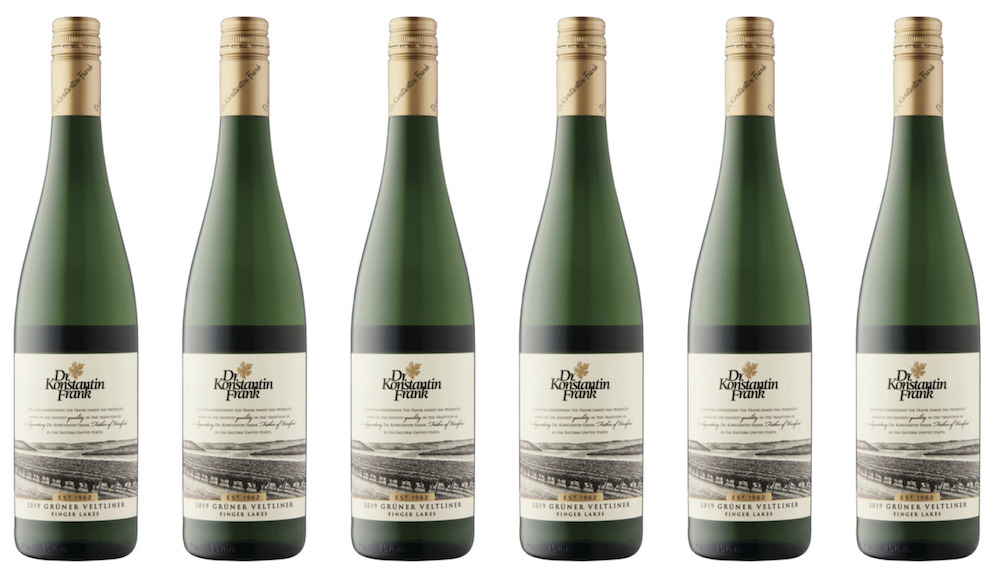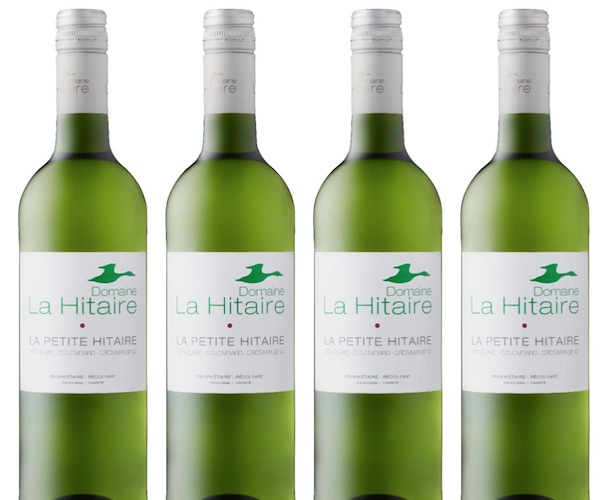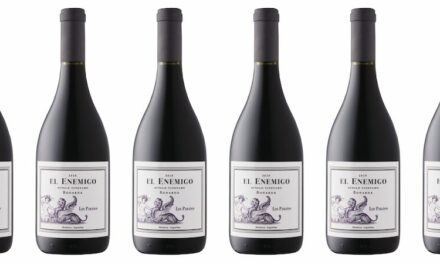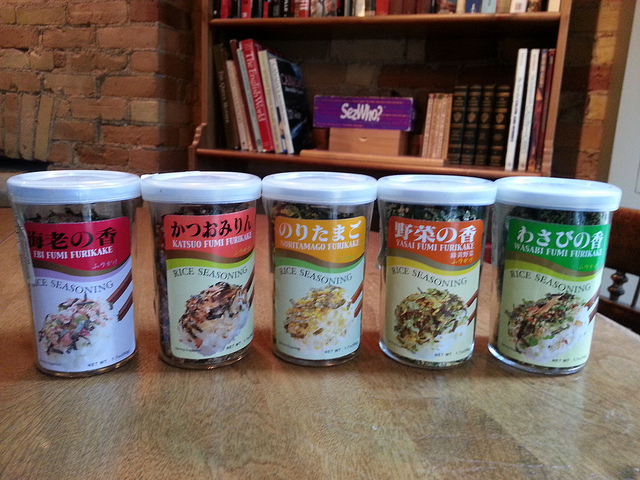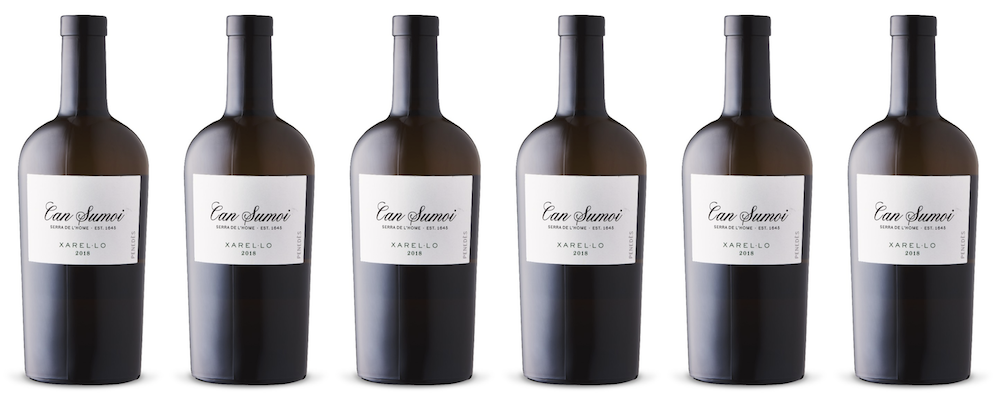2019 Dr. Konstantin Frank Grüner Veltliner, Finger Lakes, New York (Alcohol 12.4%, Residual Sugar 5 g/l) Online Exclusive $31.95 (750ml bottle)
I have tasted a fair few Grüner Veltliners in my time, mostly from Austria (obviously), but I can say with some confidence that this is one of the very best from outside of that country’s borders. Now there are some excellent Grüners from New Zealand, the Czech Republic, Australia, and California (amongst a handful of other places), but this 2019 bottling from New York’s Finger Lakes is really quite exquisite, and captures a lot of what makes the very best of Austrian juice so very close to my heart.
Most of the accessible Grüner in the market is in that light, approachable style, produced for glugging down with abandon in Vienna’s famous wine tavern’s or heurige. Ha, even the term “wine tavern” brings a glint to my eye; we need more wine taverns everywhere.
Now, there is nowt wrong with that lighter style of Grüner, as it can be mouthwateringly crisp and delicious, as well as being extremely good value, but if one looks beyond such wines (speak to your wine agents or visit a decent restaurant) and is willing to splash out a bit more cash… well, the rewards are multifold. And then some. Unfortunately we don’t see too many of these grander GV wines in our general market, as even after all these years the mainstream audience is still getting used to the concept of white grape varieties outside of the usual Chard/Sauv Blanc/Pinot Grigio axis.
Sure, the grape is capable of producing some of the best wine tavern “plonk” (and I say that with nary a hint of disdain) that the world has ever seen, but given the right location and conditions (see Kremstal, Kamptal, and Wachau), coupled with the deft touch of a skilled winemaker, Grüner becomes a genius conduit for terroir similar to Riesling, and for me, more importantly, occasionally a textural marvel.
Which brings me to this really lovely bottle of wine, as a textural marvel it is… and it’s one of those thoroughly hidden gems in the LCBO system that I was speaking of just the other week, buried in the virtual quagmire that is their Online Exclusive program.
I spoke with vigneron Fred Frank about this very same wine way back in May when this wine was first released, and I’ll include that interview here to give you some context:
Hailing from the deep loam soils on the warmer shores of the southeast corner of Lake Seneca AKA “the banana belt”, I find that it sits quite comfortably in my imagined grey area between the Austrian Wachau Federspiel and Smaragd classifications.
The bouquet presents lively aromatics of lime/lemon, asparagus, green/yellow apple, peach, lemongrass, some subtle leesiness, and a hint of that classic ground white pepper. It’s quite complex and really comes into its own as it is allowed to warm in the glass.
With only 5g of residual sugar this is certainly not a sweet wine by any means, but there’s an extremely attractive richness here, and that’s what tips it into the lower end of Smaragd territory for me, as the considerable weight on the palate is a sheer delight for those who swoon for textural wines; I certainly include myself within this category. The decidedly dry finish exhibits a finely chiselled minerality. I’d be curious to see how this wine evolves with more time in bottle, as it’s just beginning to get interesting.
I’d love to slip this into a blind tasting of Austrian Grüners, and I’m wholly determined to take a bottle over the next time I visit my Viennese friends.
Although it is quite a bit pricier than the vast majority of Grüners found on the shelves of the LCBO, I’d say that this was worth every penny, and would make for an excellent bottle to bring along to a dinner party… a conversation starter for sure.
As I mentioned, this one is fairly well hidden in the LCBO system, but it is well worth tracking down.
![]()
(four and a half apples of a possible five)
